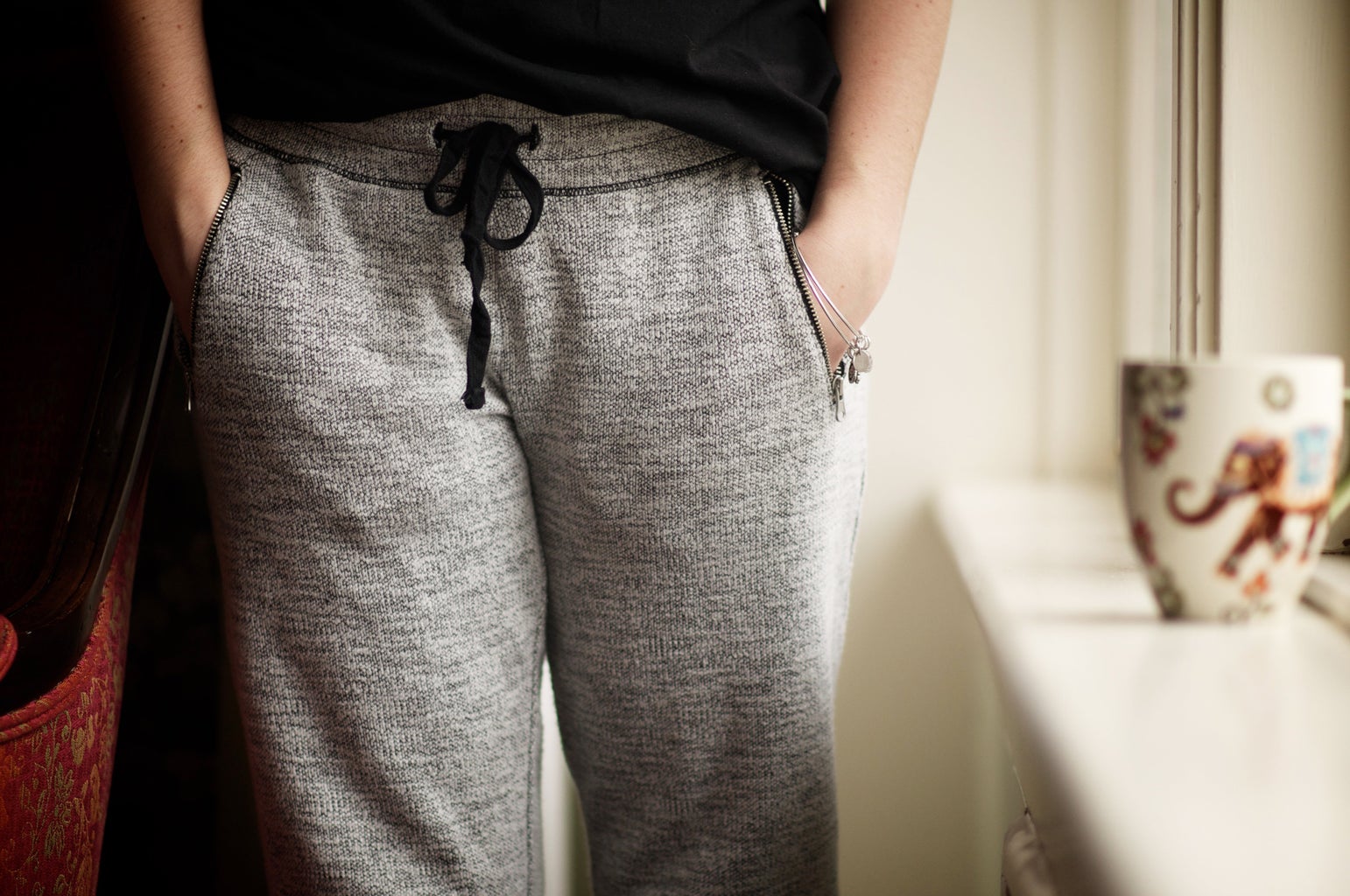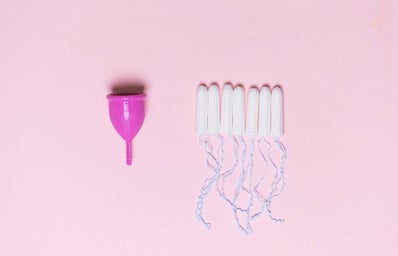In my second week of college, I got an unexpected visit from my period. My second week away from my home, I had to distance myself 48 miles from the ability to text my Mom to pick up tampons from the store. The sight of my blood filled my brain with a haze of things I hadn’t even considered that I would now be responsible for. My car was parked nearly a mile away from campus, so I walked to the local Earth Fare to collect supplies to control my bleeding.
I walked in, and I will admit I felt weird about buying overpriced tampons at the Earth Fare and felt overwhelmed by the high-priced organic food options. I walked into the health and lifestyle section, scanning the aisles for a box of tampons. I stopped in the menstruation section and observed my choices, all-natural bamboo tampons, tampons without applicators, menstruation all-natural pads, and the menstruation cup.
I knew a few girls who used menstruation cups in high school, but I honestly never understood the appeal. The tampons without applicators gave me enough anxiety; I couldn’t imagine myself putting a silicon cup into my vagina; the thought terrified the parts of me that never grew into the comfort of my own female body. Something so personal made me feel like my own body was gross for performing its natural cycle, and by application, I too was gross in efforts to deal with my body’s mess.
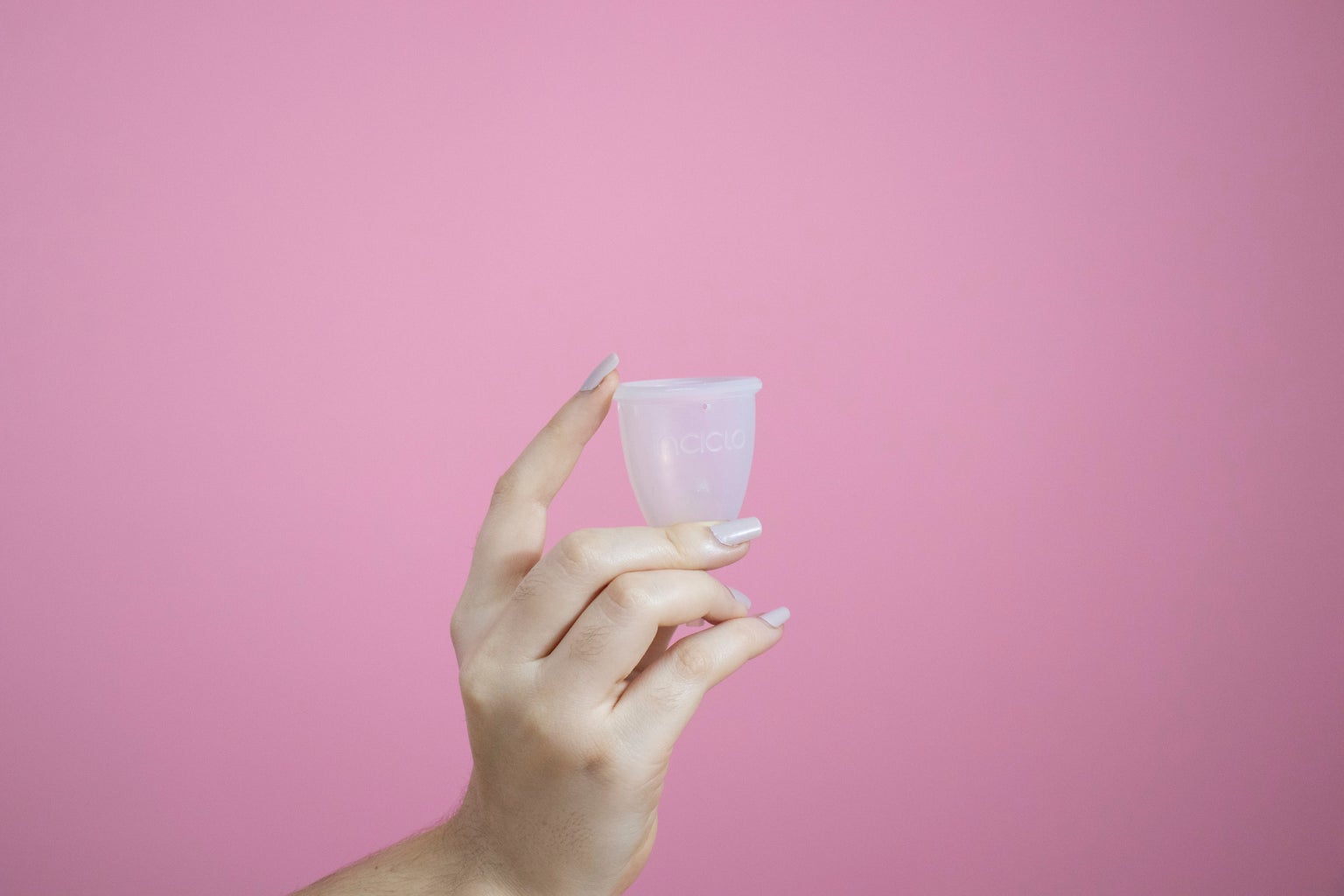
The negative stigma around menstruation is a pandemic that plagues women worldwide. Lack of education creates environments where women are forced to hide their periods and are shamed for them. This fear of menstrual blood is paradoxical, for nothing would be here without the menstrual cycle.
Period blood is, in itself, a symbol of destruction. The uterine lining is shed and reborn in a monthly cycle with the moons; it’s so natural. We push women into societal roles where they are forced into heavenly figures of maternalism. I question this. I like kids, but I’ve never considered myself a maternal type and could maybe see my life without kids one day. Yet, I find that the heavy pressure to procreate is rooted deeper within my psyche than expected. These two ideas contradict each other. How can we mold and groom women into mothers and then shame them for the bloody cycle that allows for such a role to be complete?
In an ideal world, the menstrual cycle would be a sacred part of womanhood, honored by all genders.
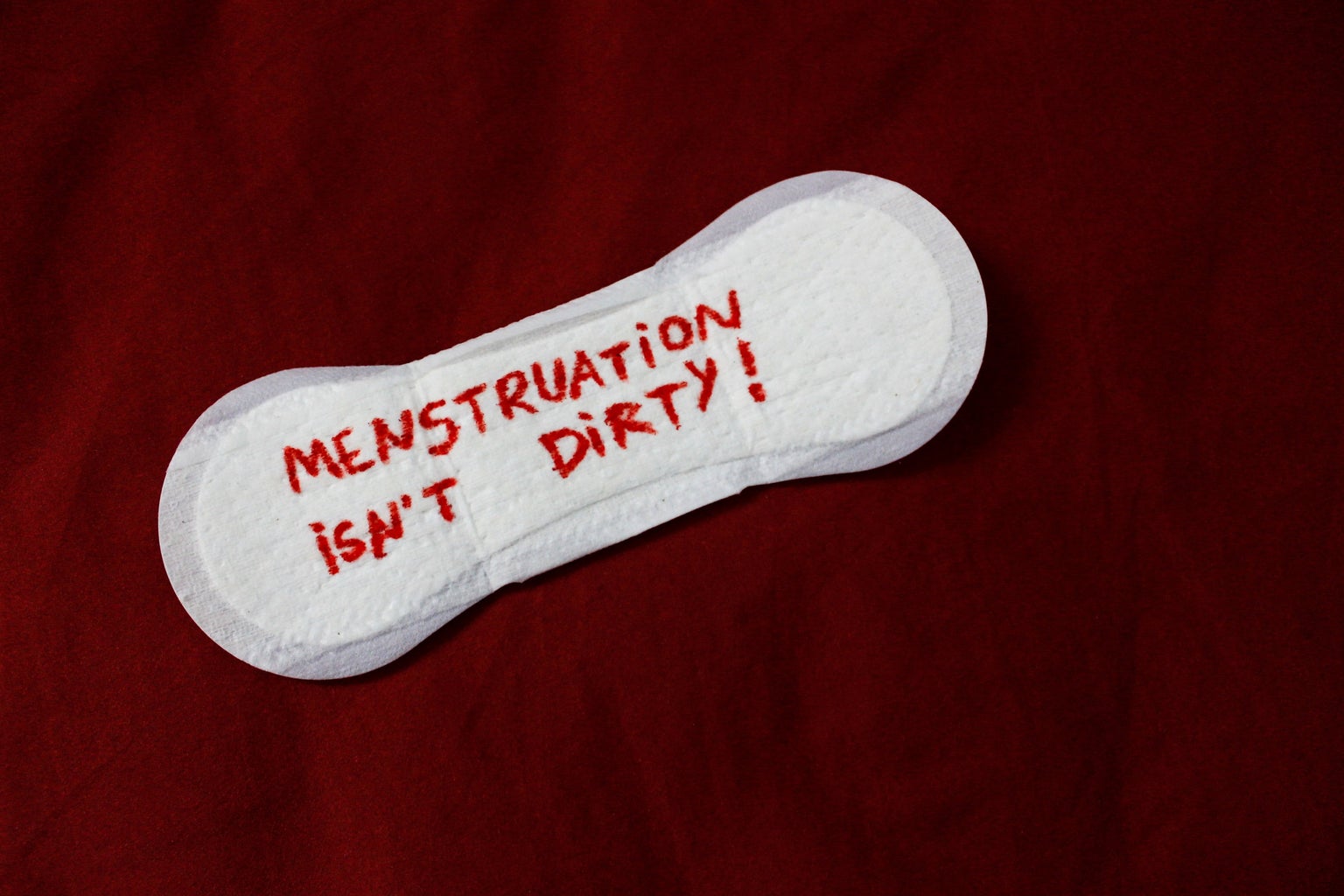
Organizations such as Get A Cup are fighting battles in countries like Kenya to educate and liberate women. While writing this article, I became very interested in providing feminine hygiene products to women worldwide. Get A Cup manufacturers menstrual cups, and with the purchase of a cup, they give one to a female student in Kenya. Get A Cup goes above and beyond by pairing feminine hygiene products with a liberating sexual education for both boys and girls. By giving young girls in Kenya menstrual cups, they have the tools to rid the stigma of menstruation as an illness and prevent missing school.
The United States has a long way to go in terms of issues surrounding women’s health and menstrual stigma. There is always a feeling of discomfort when I tell girls that I use a menstrual cup instead of feminine hygiene products that fill up our landfills. I understand the fear, though; putting in a menstrual cup is an intimate act with ourselves. It’s crossing boundaries that women were supposed to avoid.
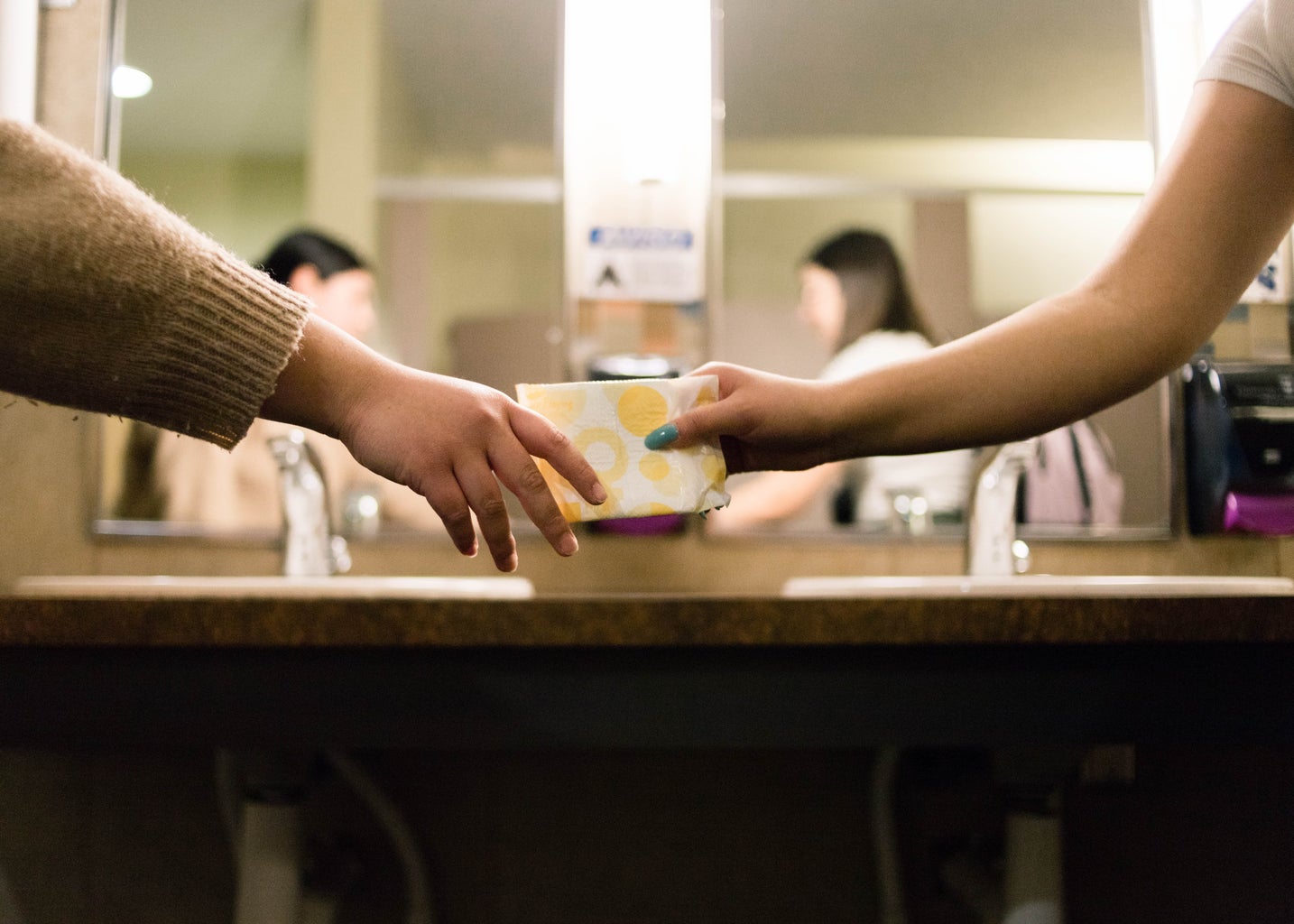
I have come to accept my body’s cycle of destruction, and it no longer plagues me with disgust.
